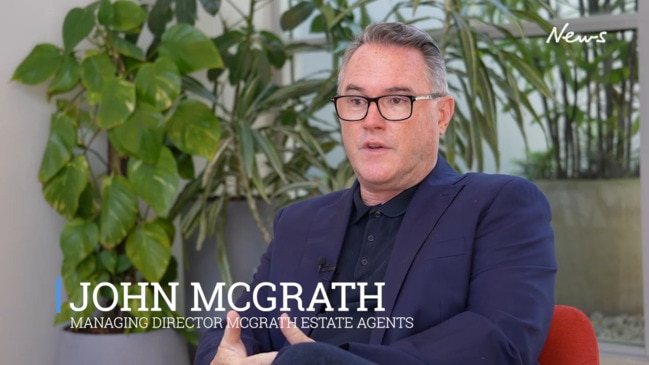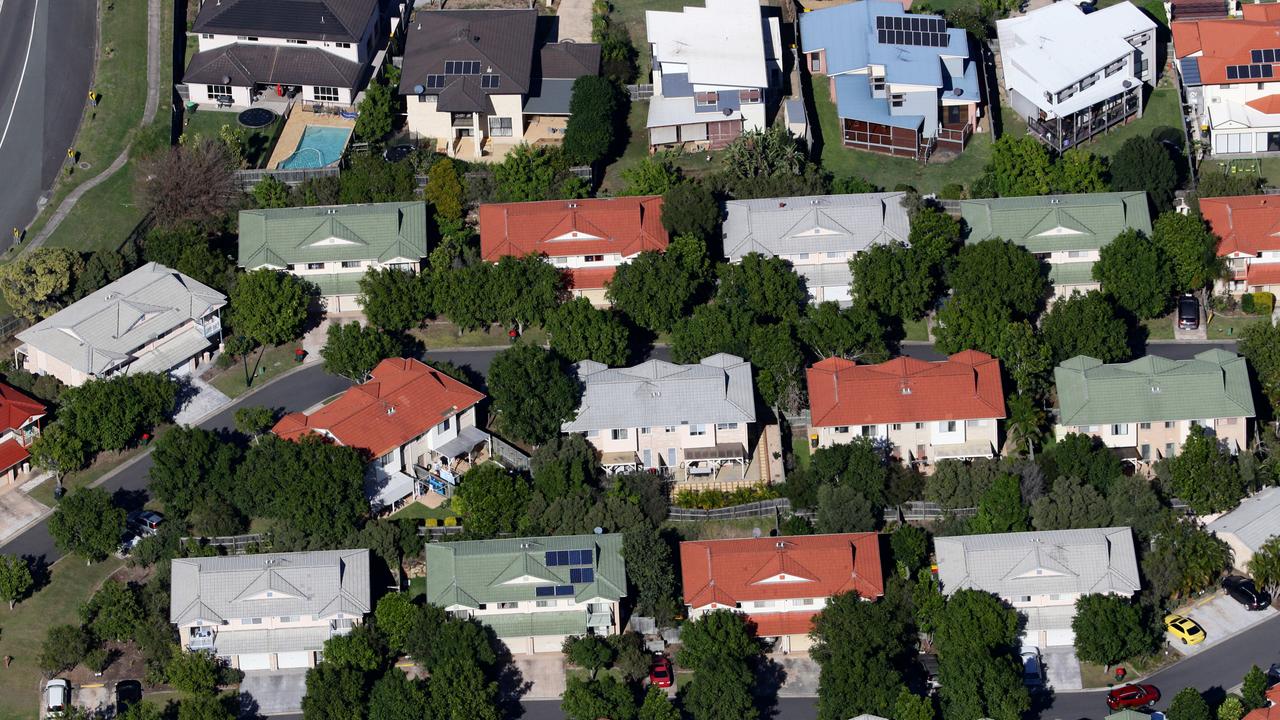Why investors are rushing back to buy real estate again
Investor activity in real estate is booming amid the most fertile buying conditions in years.

Property
Don't miss out on the headlines from Property. Followed categories will be added to My News.
This year’s auction season is off to a very strong start, with higher-than-average auction clearance rates recorded and enthusiastic bidding among multiple parties seen across many markets.
The first major Saturday of 2024 saw the second-highest number of homes go to auction since CoreLogic began keeping records in 2008. This tells us more owners are feeling confident to sell, and buyer competition is strong enough for campaigns to run all the way through to auction day.
The surprisingly strong price rises seen across most of Australia in 2023, coupled with expectations of interest rate cuts later this year, are inspiring this confidence. Buyers are also excited.
On that first big Saturday, McGrath had the highest volume of auctions conducted in NSW, and we observed 75 per cent of registered bidders made a bid compared to the 50 per cent norm. Among the active buyers in today’s market is a rising number of investors. New figures from the Australian Bureau of Statistics (ABS) show the value of investor loans has risen by 20.4 per cent over the past 12 months in seasonally adjusted terms.

More than 16,600 loans totalling $9.5 billion were written for property investors in the month of December. On top of that, 629 loans were written for first home buyers purchasing for investment purposes. This reflects the ‘rentvesting’ trend, which the ABS began tracking a few years ago.
Rentvesting is where young buyers continue renting in the more expensive inner city areas that offer more lifestyle amenities and proximity to the city, and buy their first property for investment instead of owner-occupation in a more affordable area. Rentvesting is up by 20.7 per cent over the past 12 months.
So, what’s motivating more investors to get back into the property market?
Well, soaring rents are certainly a factor.
The median Australian rent recently surpassed $600 per week and it’s up by almost 40 per cent since August 2020. Primarily, this is the result of a nationwide undersupply of housing that has been getting worse for years, largely due to red tape preventing development, as well as the federal government failing to provide enough social housing. We’re now seeing the impact, with market rents rising at a record pace in recent years. And while that growth is finally starting to slow down, vacancy rates remain at record lows. In other words, it’s easy for a landlord to find a great tenant and they’re receiving materially higher rental income.
Like all other buyers, I think investors are also feeling inspired by last year’s price rises. It’s unusual to see home values rising when interest rates are also going up. Historically, rising rates have been a dampener on home values but a significant supply/demand imbalance has changed that dynamic. This has removed a psychological barrier for investors. They’re no longer perturbed by higher interest rates, or even the possibility of higher rates for longer.
Investors are opening their minds to opportunities in different markets, and this is motivating them to consider new options. As discussed in this year’s McGrath Report, ‘remote investing’ is a trend on the rise.
Research by MCG Quantity Surveyors shows the average distance between landlords’ homes and their investment properties is growing rapidly. It surged to 1,502 km in the year to November 2023 – almost double the 857 km recorded in the year to November 2022 and an enormous change compared to the 294 km average before the pandemic.

During the pandemic, regional property values grew at a more rapid rate than city values and this has alerted investors to the prospect of further long-term capital growth in these markets, especially now that so many people can work from home and live wherever they want.
Regional areas also offer better affordability, which means investors can take out smaller loans. This is appealing given higher interest rates and the fact that banks charge a premium on investor loans. Investors are also more likely to be able to afford a house in the regions, which is appealing because houses have historically delivered better capital growth than apartments. Plus, weekly rents in the regions have risen substantially, too. CoreLogic data shows the median regional rent is now $518 per week, which is not that far off the median city rent of $631 per week.
Technology advancements brought about by the pandemic have also made remote investing pretty easy these days. Things like video inspections, 3D floorplans and electronic contracts have made a big difference. If you haven’t considered remote investing before, now might be the time.
* John McGrath is the founder, Managing Director and Chief Executive Officer of McGrath Estate Agents
More Coverage
Originally published as Why investors are rushing back to buy real estate again




